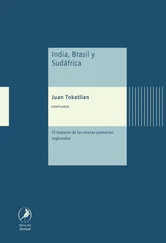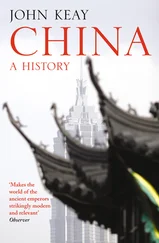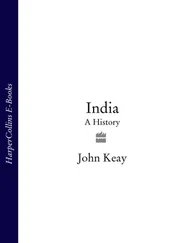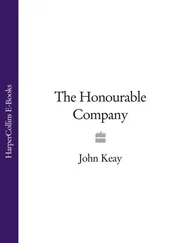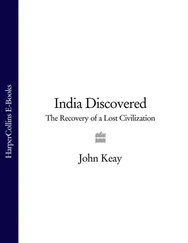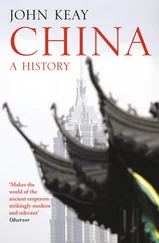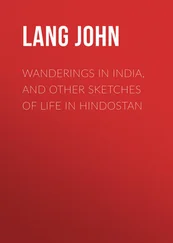Although unused, the technology for kiln-fired bricks was familiar enough, for what distinguishes this period of urbanisation is a new and invasive ceramic ware. Known as the northern black polished (NBP), it first appears after 500 BC, rapidly supersedes the earlier styles (PGW, BRW) in Bihar and UP, and eventually extends west across the Doab and deep into Panjab, east to Bengal and south to Maharashtra. Were there no other evidence for urbanisation, the concentrated finds of this high-quality ware would prompt the idea of city life. Similarly, were there no other evidence than its widespread distribution, one might yet guess that such standardisation amongst the numerous kingdoms and gana-sanghas of north India during the last half of the first millennium BC must presage some major new integrational influence. Sure enough, within two centuries of the NBP ware’s first appearance, all of north India (plus much more besides) would be conspicuously linked by the first and the most extended of India’s home-grown empires.
Trade, of course, also played its part. The first coins are datable to the mid-millennium and are found mostly in an urban context. Of silver or copper, they were punch-marked (rather than minted) with symbols thought to be those of particular professional groups, markets and cities. They ‘were therefore a transitional form between traders’ tokens as units of value and legal tender issued by royalty’. 12The cash economy had evidently arrived, and with references to money-lending, banking and commodity speculation becoming commonplace in Buddhist literature it is clear that venture capital was readily available. Items traded included metals, fine textiles, salt, horses and pottery. Roads linked the major cities, although river transport seems to have been favoured for bulky consignments.
All of which presupposes the existence of specialised professions: artisans and cultivators, carters and boatmen, merchants and financiers. It was all a far cry from the clan communities of the Vedas. North Indian society had been undergoing structural changes every bit as radical as those affecting its agricultural base and its political organisation. These changes are usually interpreted in terms of the emerging caste system. They have to be extracted, with some difficulty, from the changing terms used to designate individuals and social groups in the different texts. And it would appear that the process of change was gradual, uneven and complex.
Basically the Vedas and the epics portray the concerns, and celebrate the exploits, of a society consisting almost entirely of well-born clansmen. Known as ksatriya and rajanya , these warrior families acknowledged a chief with whom they shared a common ancestor. The chief was their raja , a term rich in potential for misunderstanding in that it later came to mean a king in the monarchical states and an elector, or a participant in government, in the republics. Thus Vaisali, the capital of the Licchavi gana-sangha in northern Bihar, is said to have housed 7707 rajas , or in another account ‘twice 84,000 rajas ’. As well as the leadership of their rajas , the ksatriya also acknowledged the ritual insights and sacerdotal authority of a non- ksatriya priesthood, the brahmans. The latter, their profession becoming hereditary and exclusive through emphasis on their descent from certain ancient risis or seers, assumed the status of a parallel caste with well advertised rights and taboos derived from their monopoly of sacrificial lore, of religious orthodoxy and of academic jargon.
To these two castes was appended a third, possibly to differentiate clansmen of less distinguished descent who had forsaken their warrior past for agriculture and other wealth-generating pursuits. Vaisya , the term used to describe this caste, derives from vis , which originally meant the entire tribal community. They were thus considered to be of arya descent and, like the brahman and ksatriya , were dvija or ‘twice born’ (once physically, a second time through initiation rituals). As the ksatriya , literally ‘the empowered ones’, assumed military, political and administrative powers within the new state structures, the unempowered remainder of the erstwhile vis , that is the vaisya , continued as gramini and grhpati , villagers and household heads. Their role was that of creating the wealth on which the ksatriya and brahman depended or, as the texts have it, on which ksatriya and brahman might ‘graze’. In pursuit of this productive ideal many vaisya accumulated land holdings while others invested in trade and industry. Much later, just as the ksatriya in recognition of their martial status would be equated with ‘rajputs’, so the vaisya would be identified with the essentially mercantile ‘bania’.
Beyond the pale of the arya were a variety of indigenous peoples like the despised dasa of the Vedas. All were, nevertheless, subject to varying degrees of Aryanisation. Some, perhaps in recognition of their numerical superiority in regions newly penetrated by the clans, were actually co-opted into the three dvija castes while their cults and deities were accommodated in the growing pantheon of what we now call Hinduism. Others obstinately retained forms of speech and conduct which disqualified them from co-option and, perhaps as a result of conquest, they were relegated to functional roles considered menial and impure. Dasa came to denote a household slave or rural helot and dasi a female domestic or slave-concubine. Slavery was not, however, practised on a scale comparable to that in Greece or Rome, perhaps because most of these indigenous peoples were in fact assigned an intermediate status as sudra . The term is of uncertain origin and seems also to have embraced those born of mixed-caste parentage. Its functional connotation is clear enough, however. Just as the vaisya was expected to furnish wealth, the sudra was expected to furnish labour.
These then were the four earliest castes, and a much-quoted passage from the latest mandala (X) of the Rig Veda clearly shows their relative status. When, in the course of a gory creation myth, the gods were carving up the sacrificial figure who represented mankind, they chose to chop him into four bits, each of which prefigured a caste. ‘The brahman was his mouth, of both arms was the rajanya ( ksatriya ) made, his thighs became the vaisya , from his feet the sudra was produced.’ 13Thus organised into a stratified hierarchy, each caste was theoretically immutable and exclusive; the purity taboos which derived from sacrificial ritual provided barriers to physical contact, while the lineage obsessions of clan society provided barriers to intermarriage.
The term used for caste in the Vedas is varna , ‘colour’, which, in the context of the arya ’s disparaging comments about the ‘black’ dasa , is often taken to mean that the higher castes also considered themselves the fairer-skinned. This is now disputed. According to the Mahabharata the ‘colours’ associated with the four castes were white, red, yellow and black; they sound more like symbolic shades meted out by those category-conscious brahmanical minds than skin pigments. Similarly the excessive rigidity of the caste system should not be taken for granted. Then as now, caste was not necessarily an indicator of economic worth; even the four-tier hierarchy was variable, with ksatriya more dominant than brahmans in the republics; and entry into the system – indeed progression within it – was never impossible. It may be precisely because alien cults, tribes and professions could in time, if willing to conform, be slotted into its open-ended shelving that the system proved so pervasive and durable: ‘ Varna was a mechanism for assimilation.’ 14Though undoubtedly a form of systematised oppression, it should also be seen as an ingenious schema for harnessing the loyalties of a more numerous and possibly more skilled indigenous population. Certainly, like the NBP ware, its acceptance from one end of northern India to the other hinted at a social, cultural and linguistic cohesion which belied the multiplicity of states and could – indeed imminently would – transcend them.
Читать дальше


